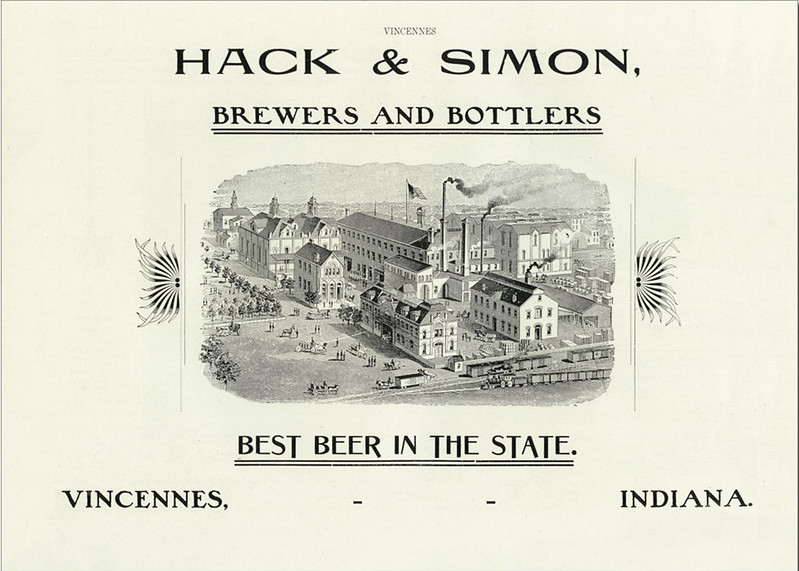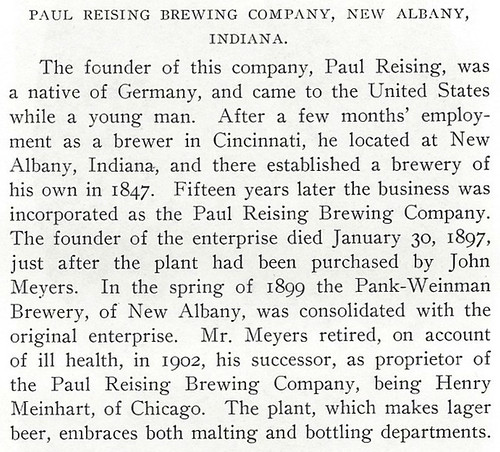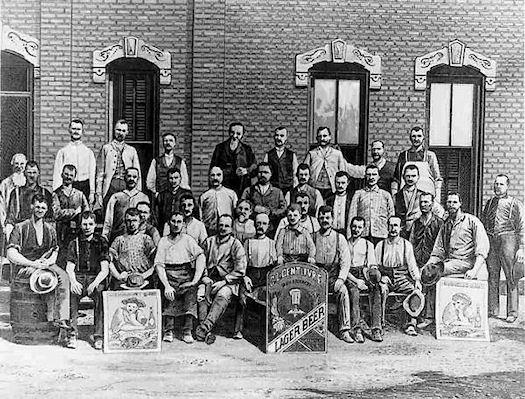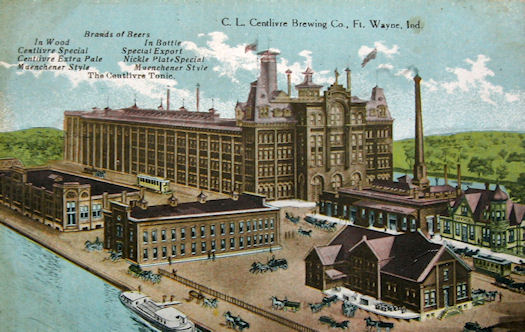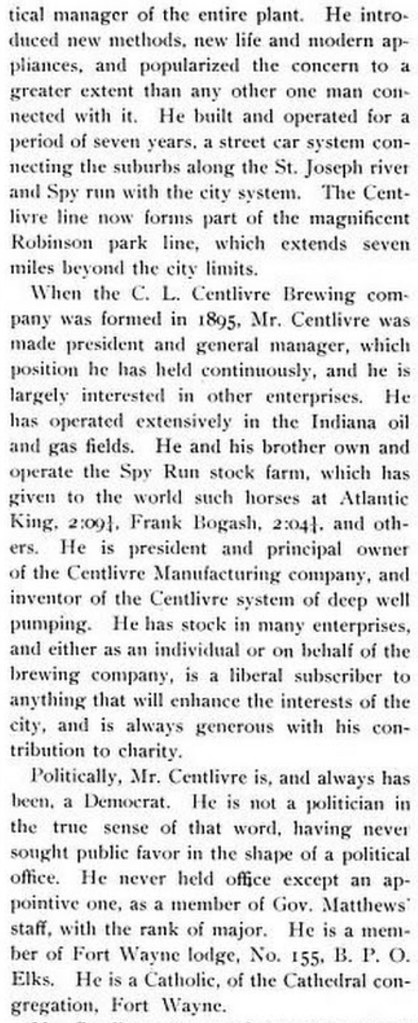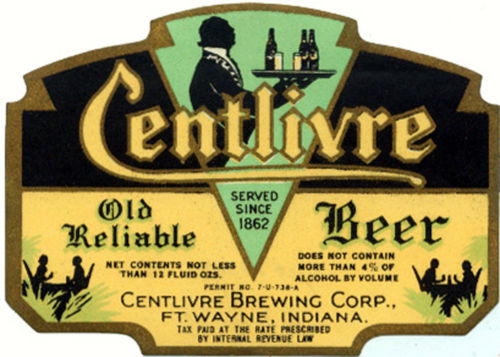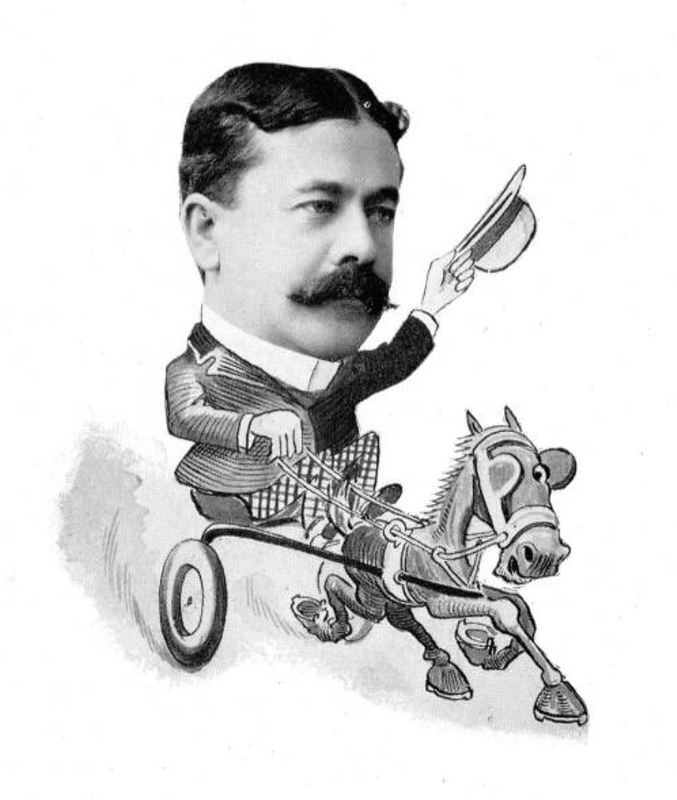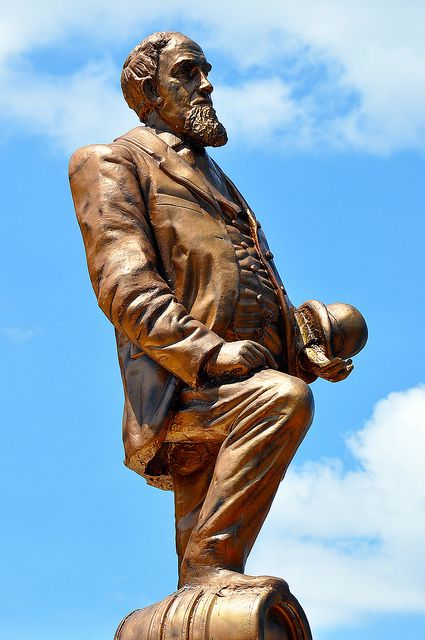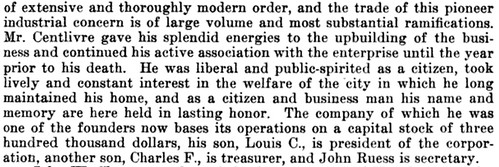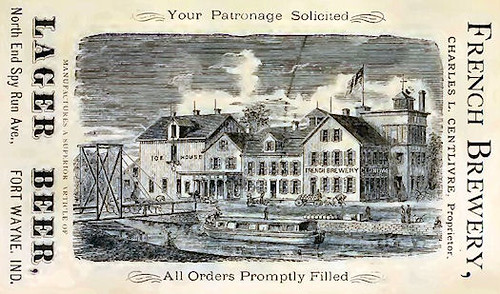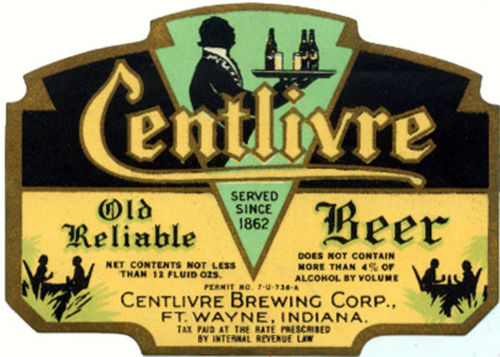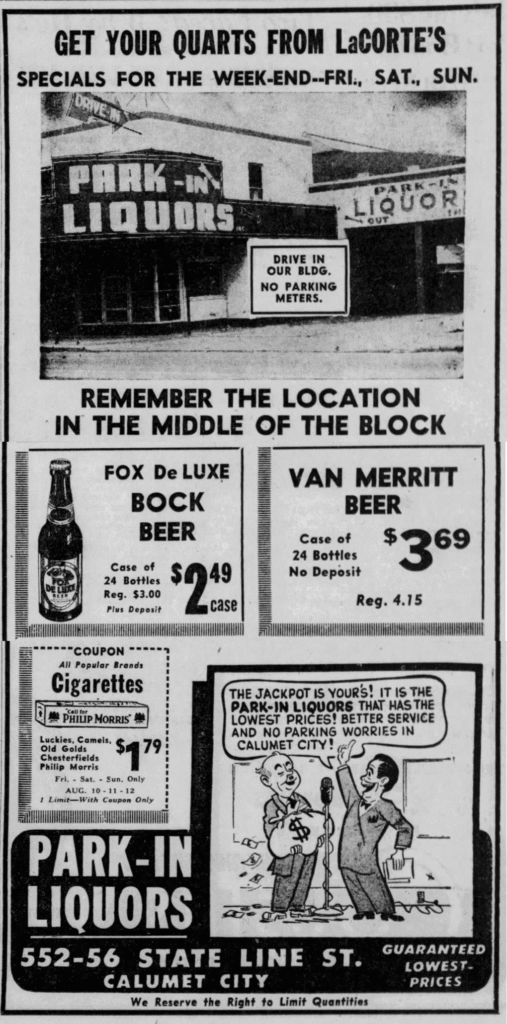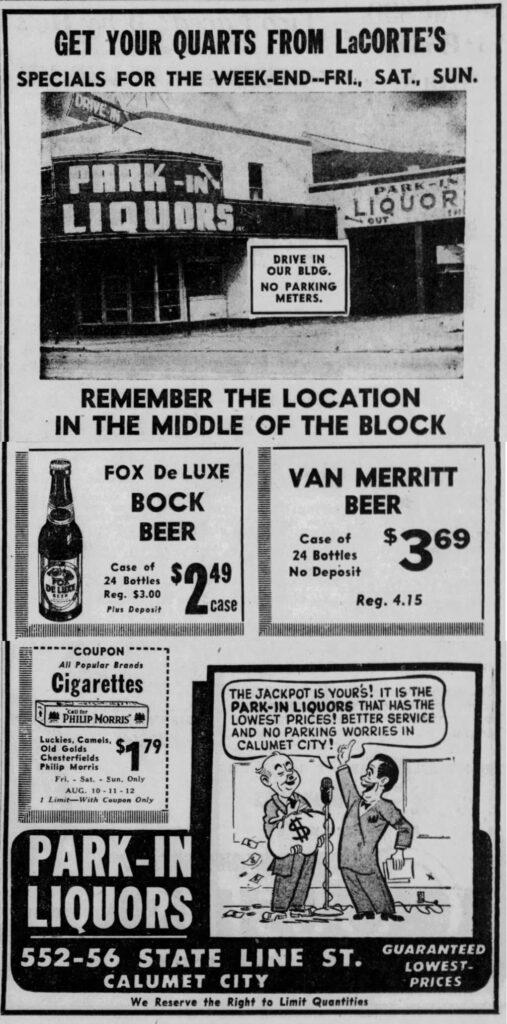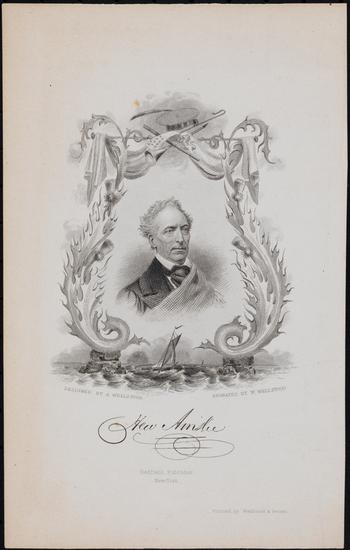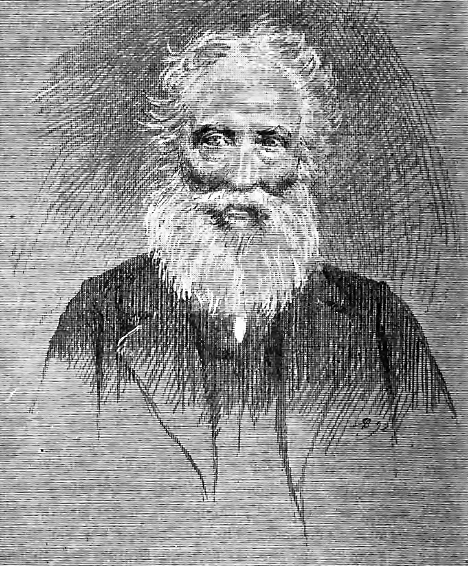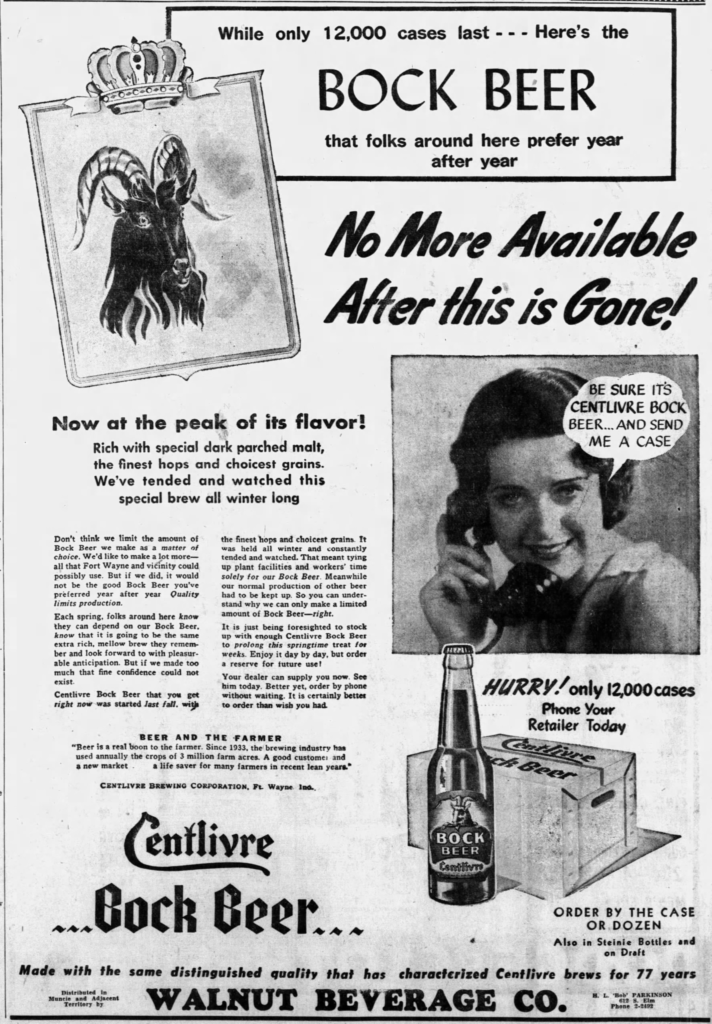![]()
Today is the birthday of Anton Simon (November 2, 1848-March 27, 1927). He was born in Alsace, France, but moved to Vincennes, Indiana when he was fourteen, in 1862. After working in a series of jobs, in 1875, he and a partner, Eugene Hack, bought a small brewery in Vincennes, Indiana from John Ebner, who had established in 1859. They continued to call it the Eagle Brewery, although it was also referred to as the Hack & Simon Eagle Brewery, though in 1918, its official name became the Hack & Simon Brewery, until closed by prohibition. The brewery briefly reopened after prohibition as the Old Vincennes Brewery Inc., but they appear to have never actually brewed any beer, before closing for good in 1934.



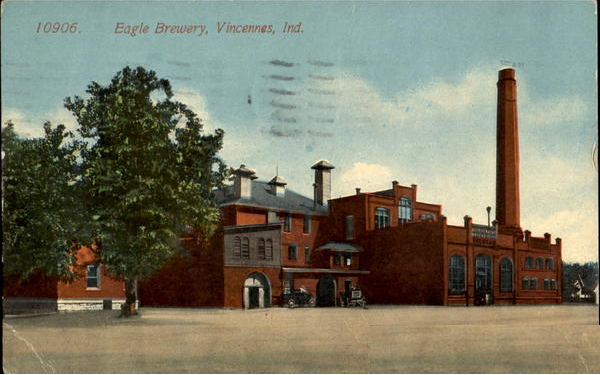


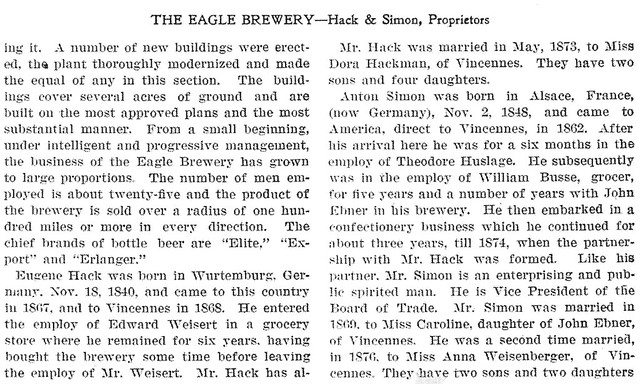
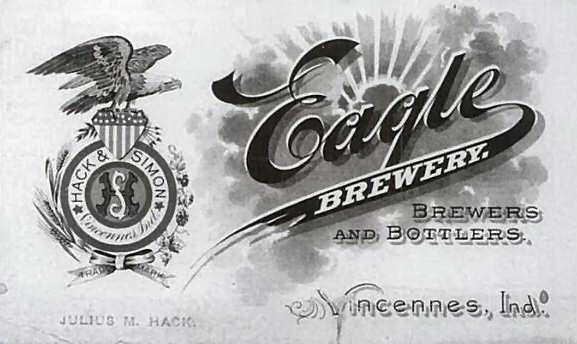

A brewery paperweight.
